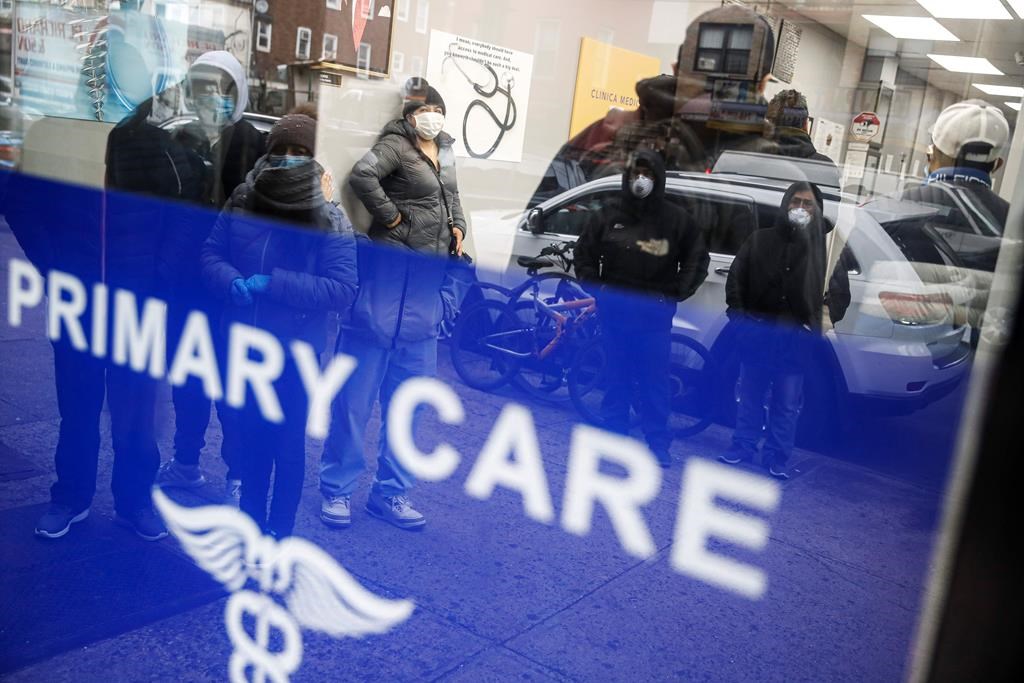One year ago tonight, I sat in the bar of the Hotel George in downtown Washington, DC, waiting for my friend to arrive. The TV in the corner was tuned to ESPN, but for once there was no game on. Nor would there be for a long time to come, it appeared. The headlines scrolling along the bottom of the screen had changed from “Rudy Gobert tests positive for coronavirus” to “NBA suspends season indefinitely” within the blink of an eye.
Login to read more
Sign in or create a free account to access Subscriber-only content.
Topics:
